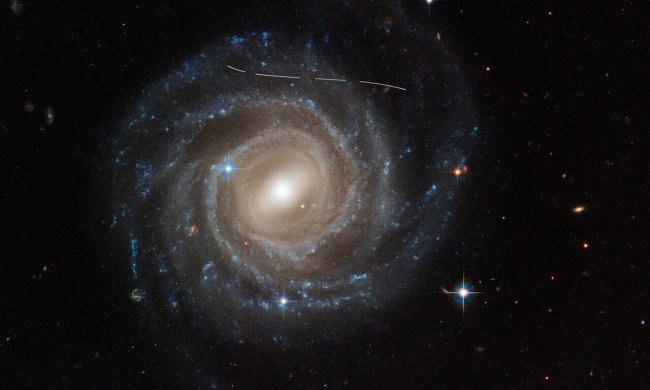Earlier this year, Hubble celebrated its 31st anniversary with a release of an image of the unstable star AG Carinae. Now, Hubble researchers have returned to this star to show it from two different views, complied from observations in 2020, 2014, and 1994.

The first view of the star shows the ionized hydrogen and nitrogen which it emits, and which form a shell around the hot core. This shell is expanding over time as gases are thrown off.

The second view of the star shows how dust is distributed around the star, which is represented in blue. This dust shines brightly because it reflects the light given off by the star, and it is shaped by stellar winds which are coming from the star as well.
The star’s dramatic appearance is because it is very massive and coming to the end of its life. As it ages and uses up all of its fuel, the star becomes unstable and throws off both dust and gases.
“AG Carinae is formally classified as a Luminous Blue Variable because it is a hot (emitting blue light), brilliant star that varies in brightness,” the Hubble scientists explain. “Such stars are quite rare because few are so massive. Luminous Blue Variable stars continuously lose mass in the final stages of life. The star is waging a tug-of-war between gravity and radiation pressure to avoid self-destruction. As the star begins to run out of fuel, its radiation pressure decreases, and gravity begins to take hold. Stellar material succumbs to gravity and falls inward. It heats up and is explosively ejected into the surrounding interstellar space. This process continues until enough mass is lost and the star reaches a stable state.”
Gases are being thrown off the star at a tremendous speed of 43 miles per second, and its beautiful shell is formed from previous ejections. The shell of material that forms the nebula is around 10,000 years old and is approximately five light-years across.



